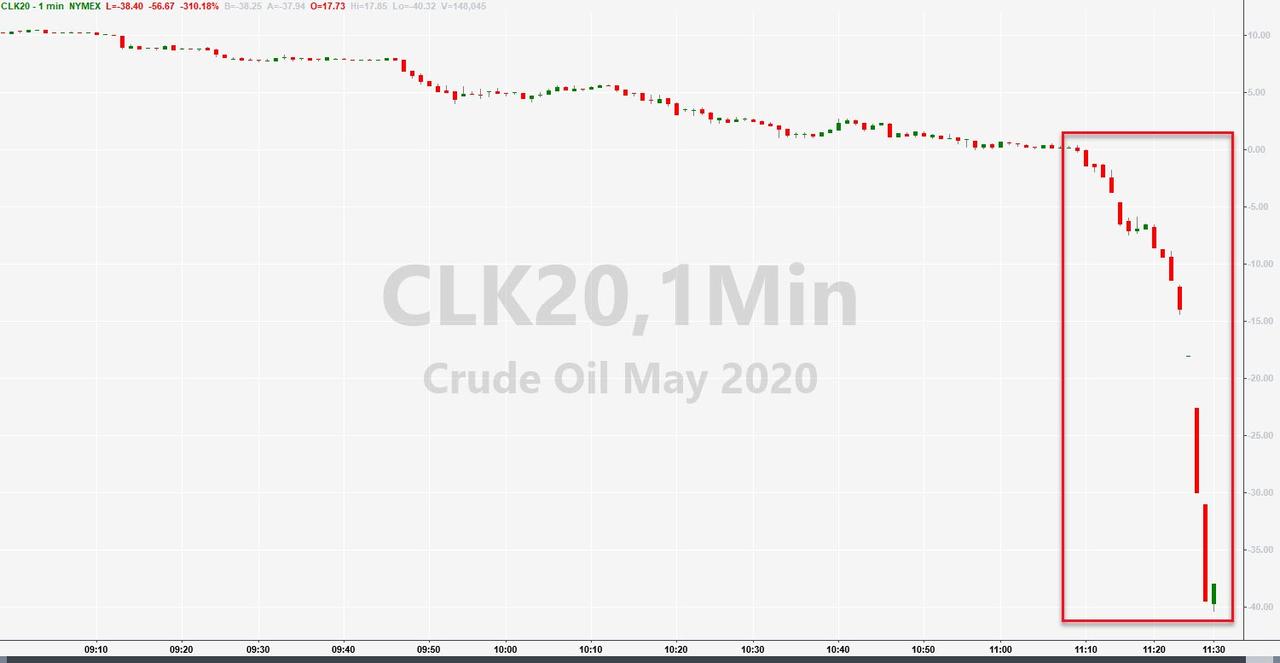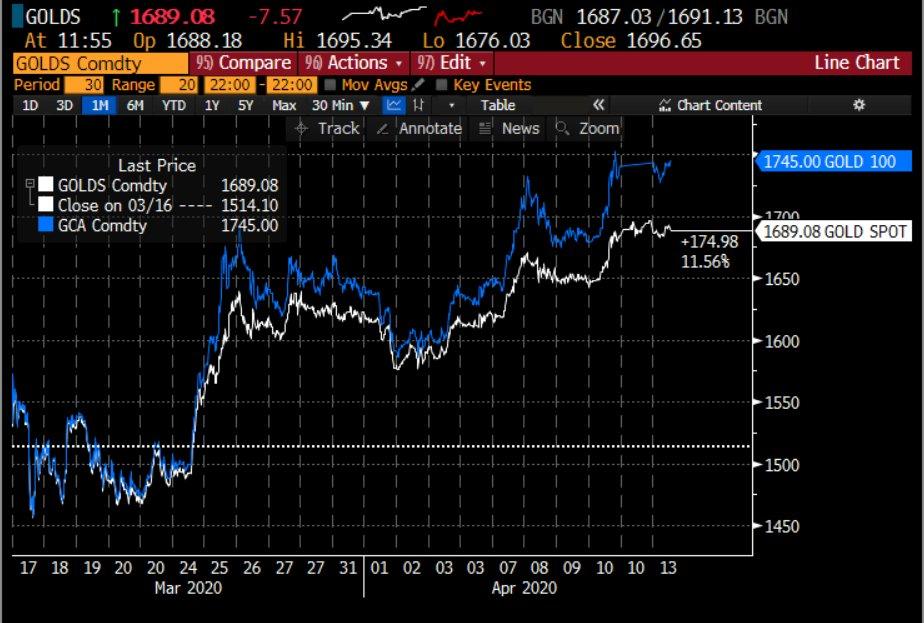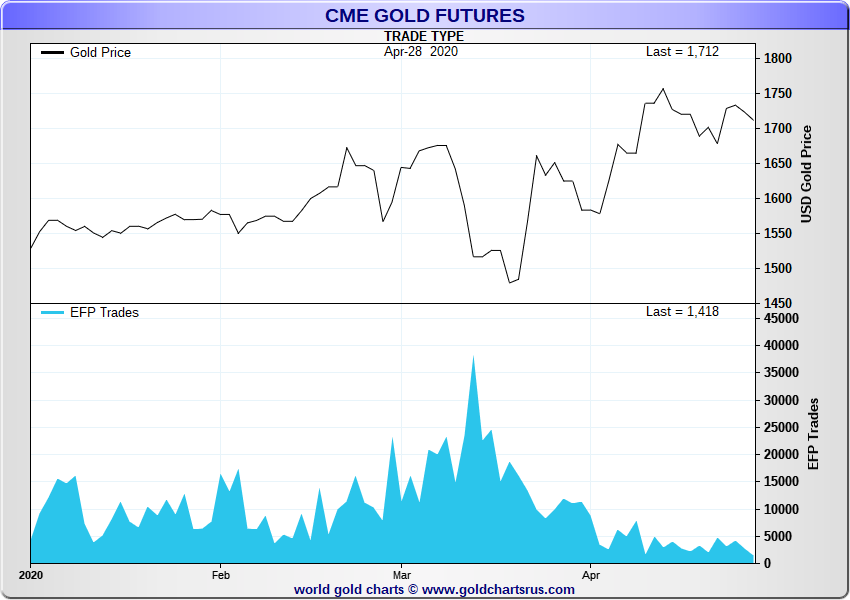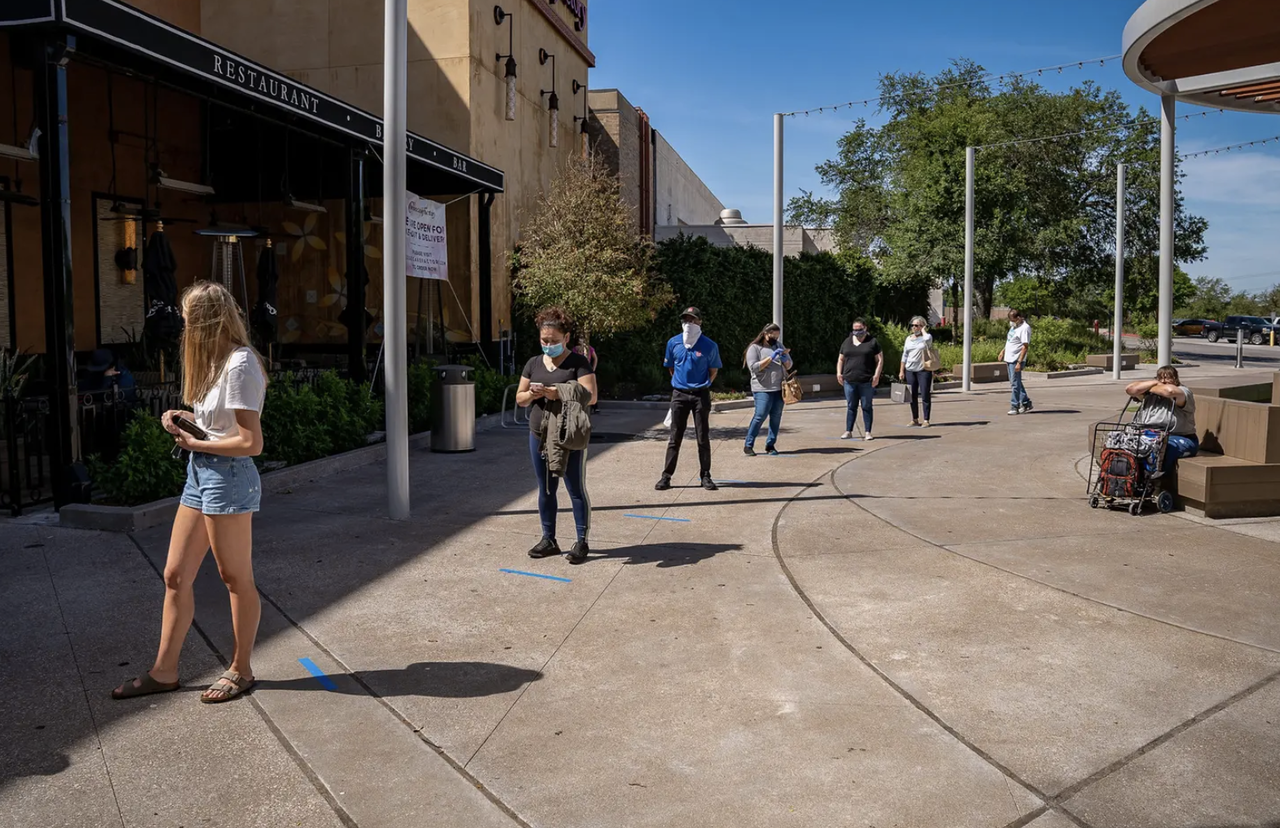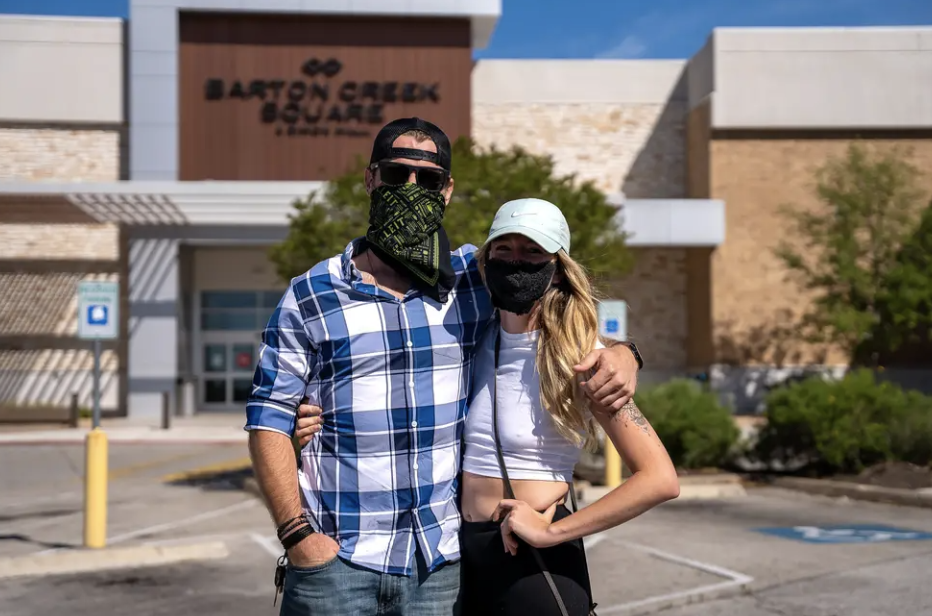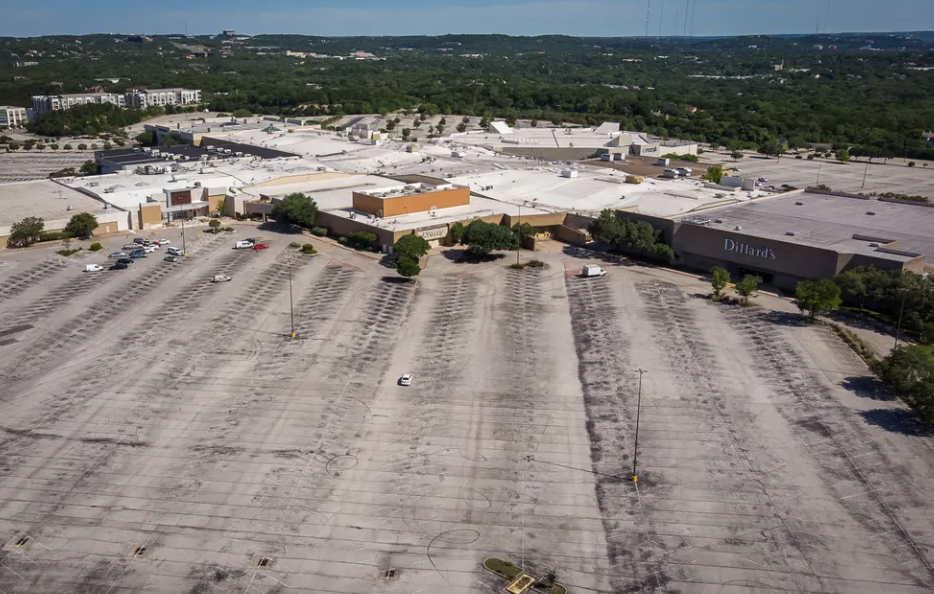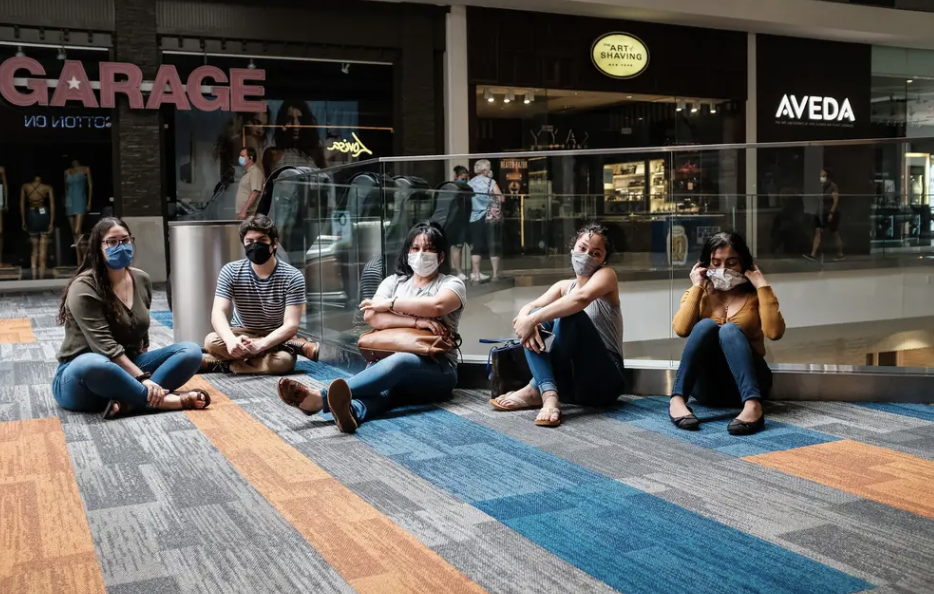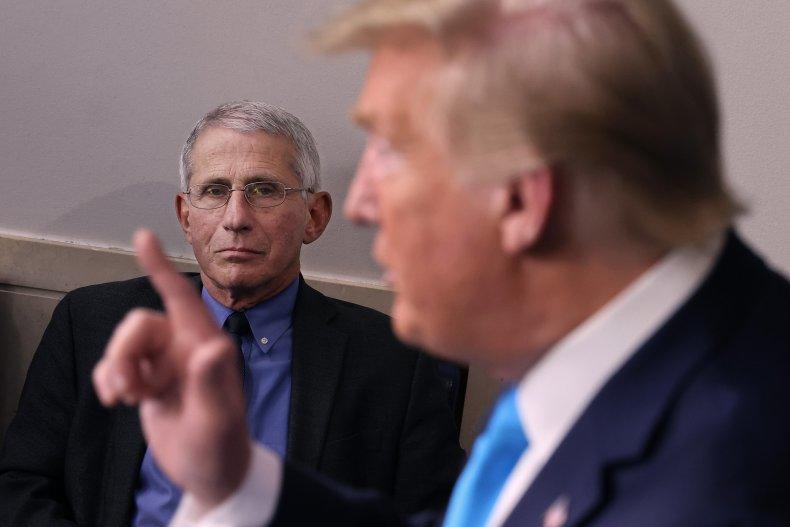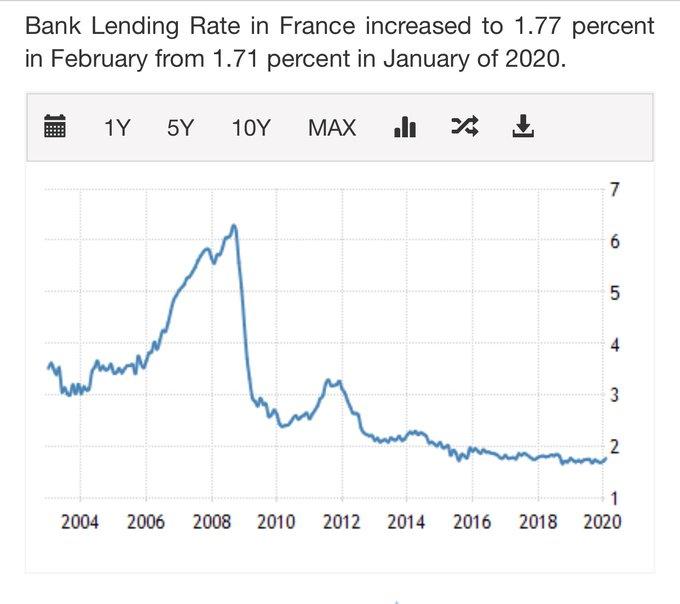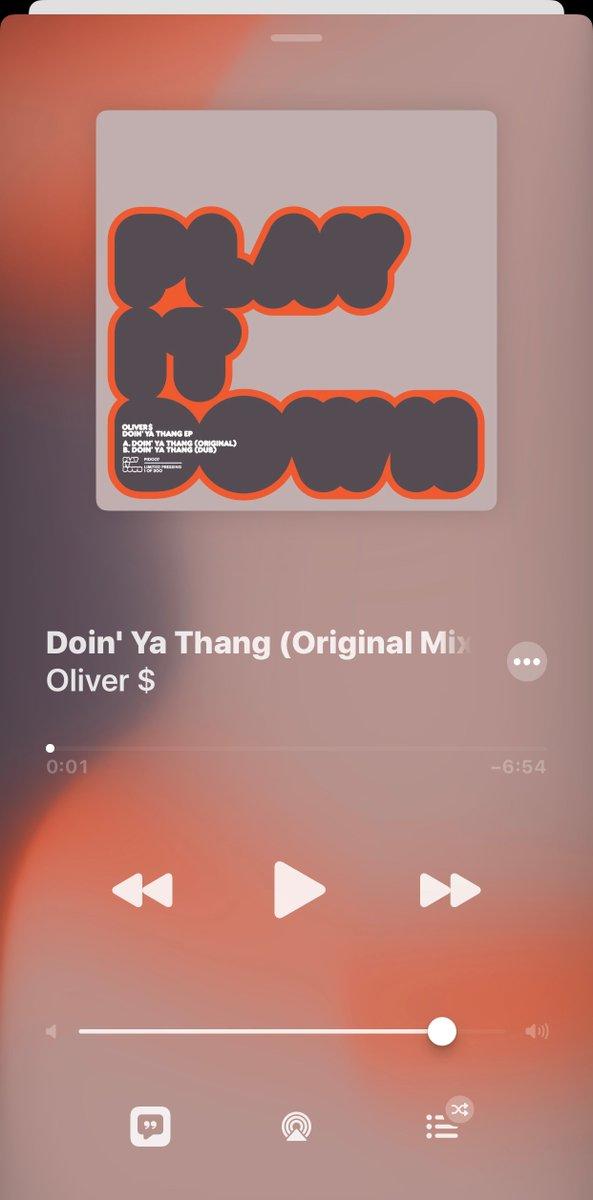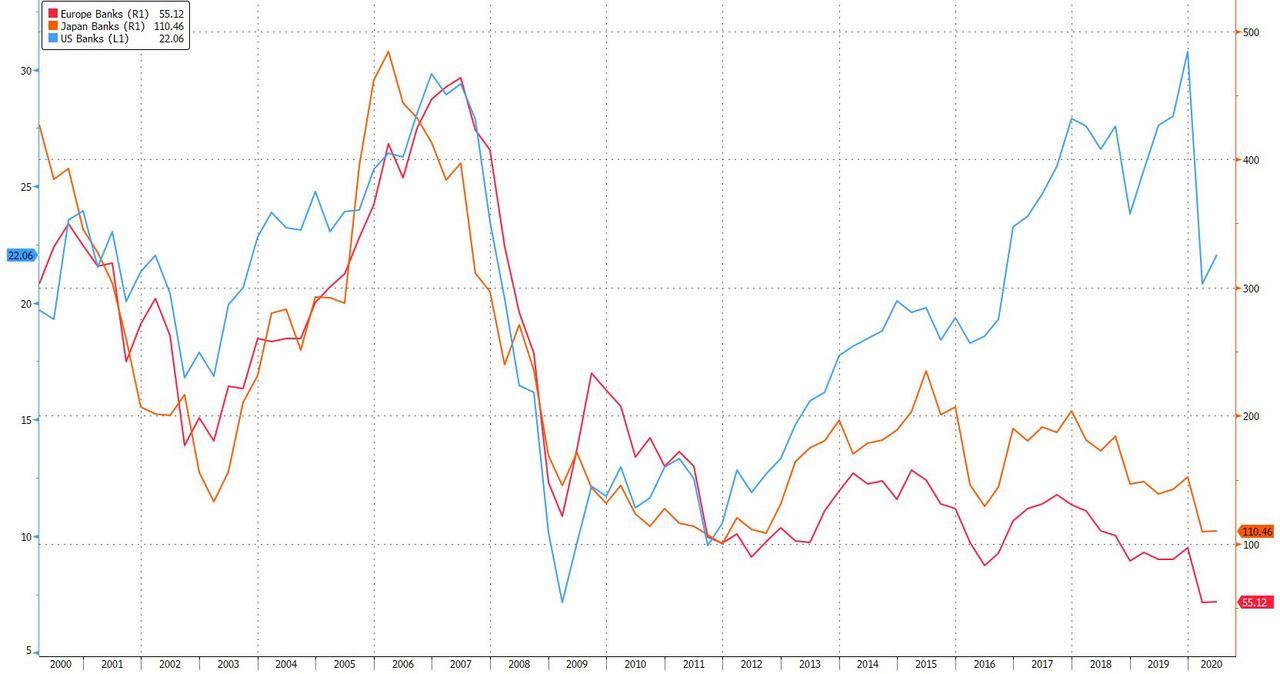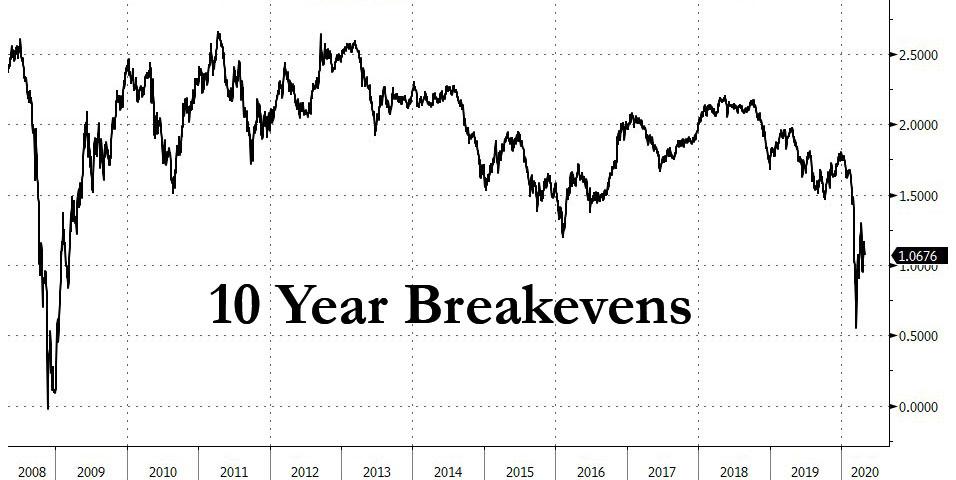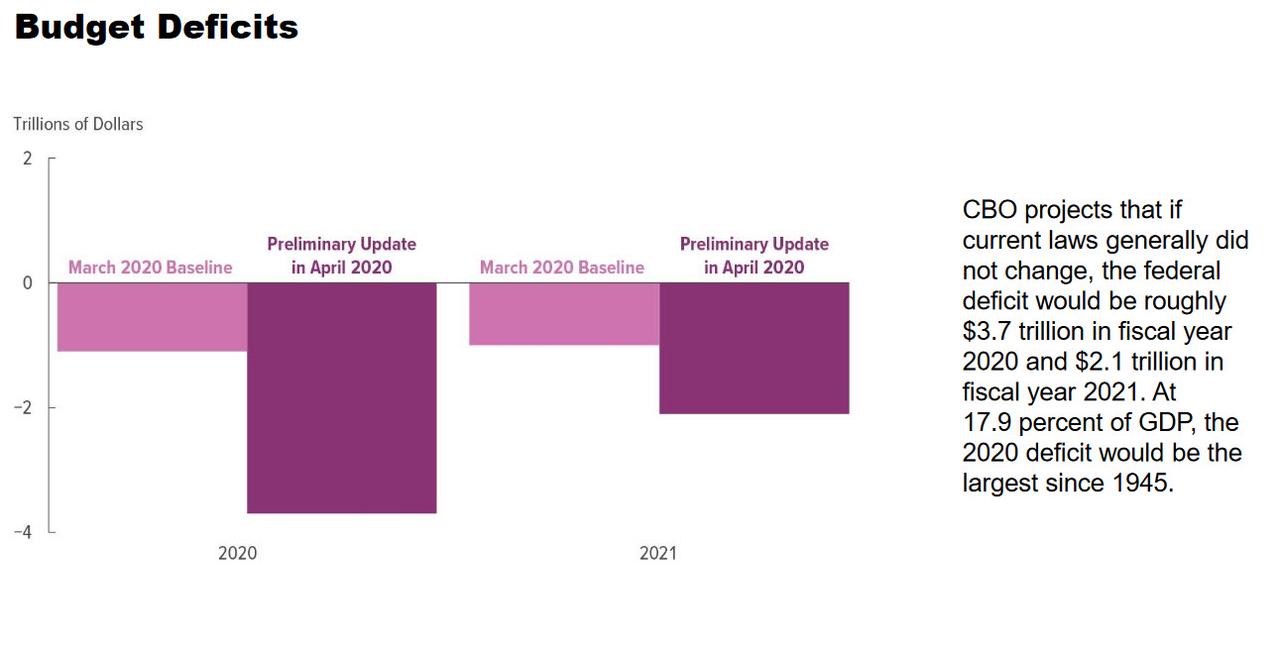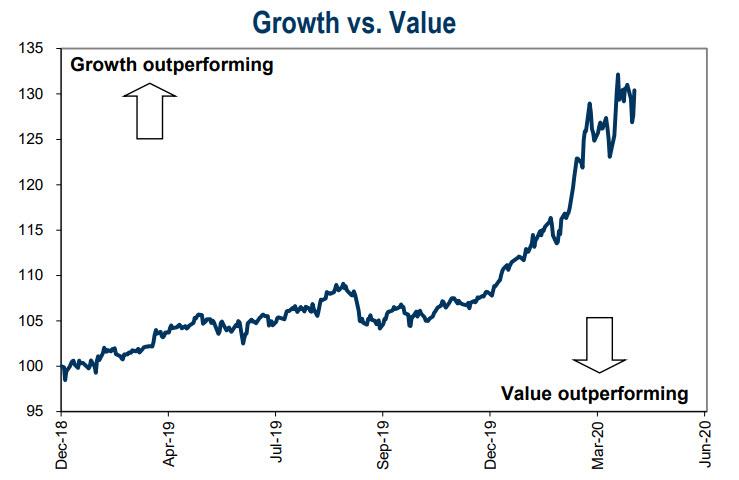Last week I posed a question: “can a plaintiff seek compensation for an unconstitutional taking, without relying on the Tucker Act’s jurisdiction–if not under the Takings Clause, perhaps under some theory of tort.” This post will shed some light on this question, though I still have not yet reached a firm conclusion. And the fifth post in my bump stock series will, alas, have to await further consideration (See Parts I, II, III, and IV).
As a general matter, the federal government cannot be sued for damages without its consent. Congress has waived its immunity through several statutes. For example, the Federal Torts Claims Act provides a limited waiver of sovereign immunity for certain types of torts. And the Supreme Court has also implied certain waivers of sovereign immunity. Through so-called Bivens claims, plaintiffs can seek monetary damages for violations of the Fourth and Fifth Amendment. But the Supreme Court has held that there is no waiver of sovereign immunity for suits based on other provisions of the Bill of Rights, such as the Eighth Amendment. And in recent years, the Supreme Court has put the brakes on future Bivens claims. This much is straightforward doctrine.
But what about the Takings Clause? It is the only provision of the Bill of Rights that clearly states landowners are entitled to monetary damages: “nor shall private property be taken for public use, without just compensation.” Is the Takings Clause a self-executing waiver of sovereign immunity?
In traditional eminent domain questions, the issue of sovereign immunity is irrelevant. Why? The government initiates a condemnation proceeding against a landowner. In other words, a private landowner does not need to sue the federal government. But there is another common type of takings case, known as an inverse condemnation suit. Here, the government regulates a person’s property, but insists there is no taking. Then, the landowner sues the federal government, alleges a violation of the Takings Clause, and seeks “just compensation.”
Congress has enacted two relevant statutes that purport to waive sovereign immunity for inverse condemnation suits. First, the Tucker Act gives the Court of Federal Claims jurisdiction to hear takings claims against the federal government where the property is worth more $10,000. It provides, in part:
The United States Court of Federal Claims shall have jurisdiction to render judgment upon any claim against the United States founded either upon the Constitution, or any Act of Congress or any regulation of an executive department, or upon any express or implied contract with the United States, or for liquidated or unliquidated damages in cases not sounding in tort
The Tucker Act does not expressly mention takings, but claims under the Fifth Amendment are “founded . . . upon the Constitution.” (They also “arise under the Constitution.”) The Court of Federal Claims is an Article I court: the judges serve for fifteen year terms, and there are no jury trials. Second, the Little Tucker Act gives all federal district courts jurisdiction to hear takings claims against the federal government where the property is worth less than $10,000. It provides, in part:
The district courts shall have original jurisdiction, concurrent with the United States Court of Federal Claims . . .
Any other civil action or claim against the United States, not exceeding $10,000 in amount, founded either upon the Constitution, or any Act of Congress, or any regulation of an executive department, or upon any express or implied contract with the United States, or for liquidated or unliquidated damages in cases not sounding in tort, except that the district courts shall not have jurisdiction of any civil action or claim against the United States founded upon any express or implied contract with the United States or for liquidated or unliquidated damages in cases not sounding in tort which are subject to sections 7104(b)(1) and 7107(a)(1) of title 41
These cases are heard by Article III judges, but jury trials are not permitted. Under both statutes, appeals are heard by the U.S. Court of Appeals for the Federal Circuit, an Article III court. (Fun fact: John Randolph Tucker, the namesake of the Tucker Act, was the grandson of St. George Tucker.)
Can a plaintiff seek compensation for an unconstitutional taking, without relying on the Tucker Act’s jurisdiction? I think this question has not been squarely resolved by the Supreme Court. The Supreme Court denied certiorari on a closely-related question in 2018. Brott v. U.S. presented this question: “Can the federal government take private property and deny the owner the ability to vindicate his constitutional right to be justly compensated in an Article III Court with trial by jury?”
In Brott, the Plaintiffs filed an inverse condemnation suit against the government in federal district court, but requested more than $10,000. They also requested a jury trial. The complaint cited Section 1331 federal question jurisdiction. They acknowledged the Little Tucker Act did not support their claim, because the amount in controversy was more than $10,000. Therefore, they argued that the “action is founded upon the Constitution” itself. That is, “arising under” jurisdiction through 28 U.S.C. § 1331. It provides:
The district courts shall have original jurisdiction of all civil actions arising under the Constitution, laws, or treaties of the United States.
And the Plaintiffs claimed that the Little Tucker Act itself was unconstitutional:
In the Tucker Act and Little Tucker Act, 28 U.S.C. §§1346 and 1491, Congress vested the Court of Federal Claims with exclusive jurisdiction to hear all claims against the United States “founded upon the Constitution” where the amount in controversy exceeds $10,000. To the extent Congress created the Court of Federal Claims as an Article I legislative court free of Article III’s requirements and vested the Court of Federal Claims with jurisdiction to hear claims “founded upon the Constitution” these provisions are unconstitutional.
The District Court rejected their claims, as did the Sixth Circuit. The Court found that it lacked subject matter jurisdiction over takings claims, even though takings claims “arise under the Constitution.”
28 U.S.C. § 1331 (1976), the general federal question provision, does not provide a jurisdictional basis on these facts. The Fifth Amendment “taking” claim “arises under the Constitution,” and a remedy for a violation of this provision arguably does not require a waiver of sovereign immunity. However, a number of cases indicate that Congress has made the Court of Claims the exclusive and an adequate forum for the Fifth Amendment claims, at least those over $10,000. We conclude that 28 U.S.C. § 1346(a)(2) [the Little Tucker Act] expressly limits the district court’s jurisdiction over these types of claims against the government to those not exceeding $10,000 in amount and that to utilize the court’s federal question or pendent jurisdiction as to the Fifth Amendment claim would override the express policy of Congress embodied in the Tucker Act. Lenoir v. Porters Creek Watershed Dist., 586 F.2d 1081, 1088 (6th Cir. 1978).
The Circuit Court also held that the general grant of jurisdiction in Section 1331 does not trump “the Little Tucker Act’s specific and limited grant of jurisdiction.” As best as I can tell, the Supreme Court has never addressed this question concerning Section 1331. I will address it at the end of this post.
Next, the Circuit Court found that “Congress may also decline to waive sovereign immunity, or it may withdraw or modify its consent to suit, even if the right at issue is drawn from the Constitution.” In other words, Congress needs to waive its sovereign immunity, even where the federal government “takes” private property. The Fifth Amendment, therefore, is not a self-executing waiver of sovereign immunity. The Court explained, “Sovereign immunity, however, does not distinguish between congressionally created entitlements and constitutionally created rights.”
The landowners countered that an explicit waiver is not necessary for the Takings Clause:
Nevertheless, the landowners argue that an explicit waiver is unnecessary here because the Fifth Amendment right to just compensation is a “self-executing” right and the right to compensation itself contains a waiver of sovereign immunity. The Supreme Court has indeed referred to the Fifth Amendment right to just compensation as “self-executing.” First English Evangelical Lutheran Church of Glendale v. County of Los Angeles, 482 U.S. 304, 315 (1987). The Supreme Court has explained that a Fifth Amendment takings claim is self-executing and grounded in the Constitution, such that additional “[s]tatutory recognition was not necessary.” Id. (quoting Jacobs v. United States, 290 U.S. 13, 16 (1933)); see United States v. Dickinson, 331 U.S. 745, 748 (1947).
But the Sixth Circuit rejects this argument:
However, the fact that the Fifth Amendment creates a “right to recover just compensation,” First English, 482 U.S. at 315 (quoting Jacobs, 290 U.S. at 16), does not mean that the United States has waived sovereign immunity such that the right may be enforced by suit for money damages. See Minnesota v. United States, 305 U.S. 382, 388 (1939) (“[I]t rests with Congress to determine not only whether the United States may be sued, but in what courts the suit may be brought.”).
Here is the full quote from First English:
[A] landowner is entitled to bring an action in inverse condemnation as a result of the “self–executing character of the constitutional provision with respect to compensation” ***. As noted in Justice Brennan’s dissent in San Diego Gas, it has been established at least since Jacobs [v. United States, 290 U.S. 13 (1933)] that claims for just compensation are grounded in the Constitution itself *** Jacobs *** does not stand alone, for the Court has frequently repeated the view that, in the event of a taking, the compensation remedy is required by the Constitution.
in his Webster v. Doe dissent (1988), Justice Scalia also seemed to reject the self-executing argument the landowners advanced:
The doctrine of sovereign immunity—not repealed by the Constitution, but to the contrary at least partly reaffirmed as to the States by the Eleventh Amendment— is a monument to the principle that some constitutional claims can go unheard. No one would suggest that, if Congress had not passed the Tucker Act, 28 U.S.C. § 1491(a)(1), the courts would be able to order disbursements from the Treasury to pay for property taken under lawful authority (and subsequently destroyed) without just compensation.
The Circuit Court then explained there are two requirements for a waiver of sovereign immunity:
The United States argues that a waiver of sovereign immunity typically requires two things: [1] the existence of a right and [2] provision of a judicial remedy. The Fifth Amendment details a broad right to compensation, but it does not provide a means to enforce that right. Courts must look to other sources (such as the Tucker Act and the Little Tucker Act) to determine how the right to compensation is to be enforced. . . . The Tucker Act’s waiver of sovereign immunity, therefore, is a necessary ingredient for just-compensation claims brought against the United States.
The Sixth Circuit also relied on history:
First, the landowners have cited no case in which the Fifth Amendment has been found to provide litigants with the right to sue the government for money damages in federal district court.
(I’ll address this historical argument later in the post).
The Sixth Circuit also held that “The landowners’ compensation claims are public-right claims. These are claims made by private individuals against the government in connection with the performance of a historical and constitutional function of the legislative branch, namely, the control and payment of money from the treasury.” (The public rights doctrine is very, very messy, and I will table it here).
Brott and the other landowners filed a cert petition. The petitioners argued that there is no need for a statutory waiver of sovereign immunity:
While a statutory waiver of sovereign immunity may be necessary to enforce a congressionally-created entitlement, this does not apply when the right being enforced is founded upon the Constitution itself. . . .
Because the right to just compensation arises directly from the Constitution, Congress cannot abrogate this right by statute. See Jacobs, 290 U.S. at 17 (“the right to just compensation could not be taken away by statute or be qualified by the omission of a provision for interest”) (citing Seaboard Air Line Ry. Co. v. United States, 261 U.S. 299, 306 (1923), and Phelps, 274 U.S. at 343-44).
The Solicitor General opposed certiorari. The government stated that Congress is under no obligation to give the courts jurisdiction to hear takings cases:
In 1855, Congress established the Court of Claims “to relieve the pressure created by the volume of private bills.” Mitchell, 463 U.S. at 212-213. The court’s jurisdiction did not, however, extend to constitutional claims. “Most property owners” seeking compensation for asserted takings were thus “left to petition Congress for private relief, but Congress was neither compelled to act, nor to act favorably.” 2 Wilson Cowen et al., The United States Court of Claims: A History 45 (1978) (Cowen). As a result, “many owners had suffered the misfortune of holding a legal right for which there was no enforceable legal remedy.” Ibid. That situation led this Court to observe that “[i]t is to be regretted that Congress has made no provision by any general law for ascertaining and paying th[e] just compensation” owed for takings of private property by the United States. Langford v. United States, 101 U.S. 341, 343 (1880).
I am not sure Langford is directly on point. The Court’s discussion of “just compensation” is more limited than the government suggests. Here is the full passage:
The other point is one which requires more delicate handling. We are not prepared to deny that when the government of the United States, by such formal proceedings as are necessary to bind it, takes for public use, as for an arsenal, custom-house, or fort, land to which it asserts no claim of title, but admits the ownership to be private or individual, there arises an implied obligation to pay the owner its just value. It is to be regretted that Congress has made no provision by any general law for ascertaining and paying this just compensation. And we are not called on to decide that when the *344 government, acting by the forms which are sufficient to bind it, recognizes that fact that it is taking private property for public use, the compensation may not be recovered in the Court of Claims. On this point we decide nothing.
The SG cites Langford to describe the state of the law before the Tucker Act was enacted. But Langford was decided after the Tucker Act was enacted. Indeed, the appeal arose from the Court of Claims. I don’t think this nuanced statement concerned sovereign immunity and the Takings Clause more broadly. I think this statement concerned the very precise fact pattern at issue in Langford. Here, property owners sued the federal government in the Court of Claims”to recover for the use and occupation of certain lands and buildings.” And they advanced an implied contract theory that is referenced in the text of the Tucker Act. In any event, the Court doesn’t resolve this issue. “On this point we decide nothing.”
The SG also looked to history:
It was not until 1887 that Congress enacted the Tucker Act, waiving sovereign immunity and conferring on the Court of Claims jurisdiction to hear cases “founded upon the Constitution.” Act of Mar. 3, 1887, ch. 359, 24 Stat. 505; see Mitchell, 463 U.S. at 214; Cowen 45-46. Thus, for the first century of our Nation’s history, claims seeking compensation for asserted takings by the United States were resolved by Congress— not by the courts.
The Sixth Circuit made a similar point. I’m not sure this history helps as much as the government suggests. Until 1875, there was no federal question jurisdiction. (It existed for a brief period after the Federalists enact the Judiciary Act of 1801, also known as the Midnight Judges Bill.) The only way to get into federal court was through diversity jurisdiction. The Tucker Act was enacted in 1887. And federal question jurisdiction (what became Section 1331) was created two years prior in 1875. It is unsurprising that there were no claims for takings based on federal question for the first nine decades after ratification.
I see here a parallel to Hans v. Louisiana. The Eleventh Amendment made it impossible for a citizen of one state to sue another state in federal court. The text, at least, left open the question of whether a citizen could sue his own state in federal court. But until Congress created federal question jurisdiction, it was impossible for a citizen of one state to sue his own state in federal court. The only path to federal court was diversity jurisdiction. In 1875, Congress creates the federal question statute. Fast-forward to 1890. The Supreme Court decides Hans v. Louisiana. It holds that a citizen of Louisiana cannot sue the state of Louisiana. Here, the Supreme Court finally had an opportunity to address a question that was not resolved by the text of the Eleventh Amendment. (Or was it?) Indeed, it took nearly 15 years for the Supreme Court to address this question after the federal question jurisdiction was restored.
By way of comparison, two years after federal question jurisdiction was reimposed, Congress enacts the Tucker Act, which expressly waived sovereign immunity for takings claims. It is unsurprising during this two year gap, the Supreme Court did not have occasion to decide if the Takings Clause, by itself, effects a waiver of sovereign immunity.
Perhaps the most relevant case is U.S. v. Lee (1882). In this famous case, Robert E. Lee’s son challenged the federal governments seizure of the land in Virginia that would become Arlington National Cemetery. The Solicitor General argued that Lee, as well as Larson v. Domestic & Foreign Commerce Corp, precludes Brott’s claims.
Petitioners’ “celebrated example” (Pet. 36) vividly illustrates their error. Petitioners correctly note (ibid.) that, in United States v. Lee, 106 U.S. 196 (1882), Robert E. Lee’s son brought a suit challenging the United States’ seizure of the land that became Arlington National Cemetery. But it was neither a suit seeking just compensation nor one brought against the United States. Instead, it was an “ejectment” action brought against individual federal officers under state law and seeking “to recover possession” of the land. Id. at 197- 198; see id. at 210 (“The case before us is a suit against Strong and Kaufman as individuals, to recover possession of property.”). The Court in Lee recognized that Lee’s son could not have sought compensation from the United States. Id. at 222. And this Court has since reaffirmed that, when “[t]he Lee case was decided in 1882,” “there clearly was no remedy available by which he could have obtained compensation for the taking of his land.” Larson v. Domestic & Foreign Commerce Corp., 337 U.S. 682, 697 n.17 (1949).
Here is the relevant passage from Lee. It doesn’t say exactly what the SG argued:
Another consideration is, that since the United States cannot be made a defendant to a suit concerning its property, and no judgment in any suit against an individual who has possession or control of such property can bind or conclude the government, as is decided by this court in the case of Carr v. United States, already referred to, the government is always at liberty, notwithstanding any such judgment, to avail itself of all the remedies which the law allows to every person, natural or artificial, for the vindication and assertion of its rights.
Here, I think “its” modifies “United States.” This passage does not concern a landowner suing the federal government for regulating the landowners property. The facts of Lee are tortured, but it did not begin as a suit against the federal government; it originated as a state court action in ejectment against federal officials. I need to study the posture more closely.
And here is the passage from Larson:
The Court thus assumed that if title had been in the plaintiff the taking of the property by the defendants would be a taking without just compensation and, therefore, an unconstitutional action. FN17
FN17: The Lee case was decided in 1882. At that time there clearly was no remedy available by which he could have obtained compensation for the taking of his land. Whether compensation could be obtained today in such a case is, of course, not the issue here.
Later, the government cited this passage again, in an inaccurate way:
The Court thus recognized that, before the Tucker Act, “there clearly was no remedy available” for a property owner seeking compensation for a taking. Larson, 337 U.S. at 697 n.17
Lee was not talking about the world before the Tucker Act. By 1882, the Tucker Act was created, and the Court of Claims existed. That court had jurisdiction over takings claims against the federal government. I think the Larson Court was describing the fairly intricate facts of Lee’s case, for which there was no remedy. I don’t take that footnote to be saying anything at all about the Takings Clause, in general. I welcome corrections. Lee and Larson are somewhat enigmatic decisions. But the SG’s argument is not the best reading of those cases.
The Solicitor General offered a very different reading of First English.
First English thus concluded that the Fifth Amendment is self-executing in that it creates a right to compensation for a taking. But “the fact that the Fifth Amendment creates a ‘right to recover just compensation,’ does not mean that the United States has waived sovereign immunity such that the right may be enforced by suit for money damages.” Pet. App. 13a (quoting First English, 482 U.S. at 315) (citation omitted). To recover money damages against the United States, a plaintiff must identify both a waiver of sovereign immunity and a “substantive right enforceable against the United States for money damages.” Mitchell, 463 U.S. at 216 (citations omitted); see Pet. App. 14a. The Tucker Act waives sovereign immunity, but does not create any substantive rights. Mitchell, 463 U.S. at 216. Instead, “[a] substantive right must be found in some other source of law, such as ‘the Constitution, or any Act of Congress.’ ” Ibid. (quoting 28 U.S.C. 1491).
First English makes clear that the Fifth Amendment creates a substantive “right to recover just compensation for property taken by the United States” that may be enforced under the Tucker Act without further congressional action. 482 U.S. at 315 (citation omitted) cf. Mitchell, 463 U.S. at 216 (“Not every claim invoking the Constitution * * * is cognizable under the Tucker Act.”). But First English did not involve a suit against the United States, and the Court did not discuss—much less overrule—the century’s worth of precedent establishing that the Tucker Act’s waiver of sovereign immunity is a necessary precondition to suits seeking just compensation from the United States.
In other words, the Fifth Amendment does not, by itself, get you into federal court to sue.
Let’s revisit the discussion from Maine Maine Community Health Options v. United States. that occasioned my original post. Justice Sotomayor wrote in a footnote:
By the dissent’s contrary suggestion, not only is a mandatory statutory obligation to pay meaningless, so too is a constitutional one. After all, the Constitution did not “expressly create . . . a right of action,” post, at 3, when it mandated “just compensation” for Government takings of private property for public use, Amdt. 5; see also First English Evangelical Lutheran Church of Glendale v. County of Los Angeles, 482 U. S. 304, 315–316 (1987). Although there is no express cause of action under the Takings Clause, aggrieved owners can sue through the Tucker Act under our case law. E.g., Ruckelshaus v. Monsanto Co., 467 U. S. 986, 1016– 1017 (1984) (citing United States v. Causby, 328 U. S. 256, 267 (1946)).
The emphasized sentence purports to resolve the issue that was not resolved in Lee and Larson. This sentence also conflicts with language in First English. But it does conform with Justice Scalia’s dissent in Webster. How should we treat this sentence? First, this issue was not at all relevant to Maine. It was not briefed. The plaintiffs in that case brought suit under the Tucker Act. They did not assert a claim under the Fifth Amendment. I tend to think the Supreme Court does not resolve important constitutional questions in passing, without any consideration. I am not even sure what “express cause of action” means. The Court here didn’t discuss Section 1331 federal question jurisdiction or sovereign immunity. I am loathe to ever label a sentence in a SCOTUS decision as dicta, but this is it. The Court does not quietly resolve longstanding constitutional questions, on which cert petitions were previously denied, in such a slapdash fashion.
Going forward, I think there are two important questions that remain unresolved. First, can plaintiffs bring a takings suit against the federal government under Section 1331, without relying on the Little Tucker Act? That is, can Section 1331’s grant of general jurisdiction co-exist with the Little Tucker Act’s grant of specific jurisdiction. Second, assuming the federal district court has jurisdiction under Section 1331, is the Takings Clause a “self-executing” waiver of sovereign immunity?
Professor James W. Ely and the Mountain States Legal Foundation submitted an amicus brief in Brott. They framed these two questions precisely:
This Court has repeatedly emphasized the principle that the Just Compensation Clause is self-executing. E.g., First English Evangelical Lutheran Church v. Cnty. of Los Angeles, 482 U.S. 304, 314 (1987); San Diego Gas & Elec. Co. v. City of San Diego, 450 U.S. 621, 654 (1981) (Brennan, J., dissenting); United States v. Clarke, 445 U.S. 253, 257 (1980); Jacobs v. United States, 290 U.S. 13, 15 (1933). Thus, contrary to the judgment below, the district court had jurisdiction over this case under 28 U.S.C. § 1331. In fact, a waiver of sovereign immunity for just compensation claims is not only unnecessary, but duplicitous.
The Supreme Court addressed the first question, albeit indirectly in Duke Power Co. v. Carolina Environmental Study Group, Inc. (1978). The question presented was whether “whether Congress may, consistent with the Constitution, impose a limitation on liability for nuclear accidents resulting from the operation of private nuclear power plants licensed by the Federal Government.” This case did not squarely present the question of whether the federal courts have jurisdiction to hear Takings Claims under Section 1331. But the Court addressed this issue.
The majority, per Chief Justice Burger, stated that a takings claim can be brought under Section 1331 federal question jurisdiction:
In light of prior decisions, for example, Bivens v. Six Unknown Fed. Narcotics Agents, 403 U. S. 388 (1971) and Hagans v. Lavine, supra, as well as the general admonition that “where federally protected rights have been invaded . . . courts will be alert to adjust their remedies so as to grant the necessary relief,” Bell v. Hood, supra, at 684, we conclude that appellees’ allegations are sufficient to sustain jurisdiction under § 1331 (a).
(The citation to Bivens is a bit of a throwback. The better answer is that the text of the Fifth Amendment itself speaks of monetary damages. There is no reason to rely on implied remedies.)
In dissent, then-Justice Rehnquist disagrees. He states that federal district courts lack jurisdiction under Section 1331 for takings claims. They could only rely on the Little Tucker Act, which imposes a jurisdictional limit of $10,000.
The District Court does have jurisdiction to consider claims of taking under the [Little] Tucker Act, 28 U. S. C. § 1346 (a) (2) (1976 ed.), where the amount in controversy does not exceed $10,000.
The majority responds to Rehnquist in a footnote:
MR. JUSTICE REHNQUIST suggests that appellees’ “taking” claim will not support jurisdiction under § 1331 (a), but instead that such a claim can be adjudicated only in the Court of Claims under the Tucker Act, 28 U. S. C. § 1491 (1976 ed.). We disagree.
But the Court doesn’t actually say that all takings claims can be brought under 1331 jurisdiction. The Court hedges a bit:
Appellees are not seeking compensation for a taking, a claim properly brought in the Court of Claims, but are now requesting a declaratory judgment that since the Price-Anderson Act does not provide advance assurance of adequate compensation in the event of a taking, it is unconstitutional….While the Declaratory Judgment Act does not expand our jurisdiction, it expands the scope of available remedies. Here it allows individuals threatened with a taking to seek a declaration of the constitutionality of the disputed governmental action before potentially uncompensable damages are sustained.
(This point confused me; jurisdiction for a declaratory judgment can be sought under 28 U.S.C. 2201. The Court really doesn’t explain the interaction of 1331 and 2201.
Rehnquist raises this point in his dissent:
Nor does the fact that appellees seek only declaratory relief under the Declaratory Judgment Act, 28 U. S. C. § 2201 (1976 ed.), support a different result. This Court has held that the well-pleaded complaint rule applied in Mottley is fully applicable in cases seeking only declaratory relief, because the Declaratory Judgment Act merely expands the remedies available in the district courts without expanding their jurisdiction.
In any event, Rehnquist reads the majority’s opinion quite broadly:
The Court concludes, ante, at 71 n. 15, although appellees do not so contend, that their taking claim is cognizable under 28 U. S. C. § 1331 (a) (1976 ed.), which grants jurisdiction to the district courts where the suit “arises under the Constitution.”
Then, Rehnquist draws the natural implication from the majority’s opinion:
To conclude that § 1331 embraces a “taking” claim makes the Tucker Act largely superfluous, cf. United States v. Testan, 424 U. S. 392, 404 (1976), and will permit the district courts to consider claims of over $10,000 which previously could only be litigated in the Court of Claims. Richardson v. Morris, 409 U. S. 464 (1973). Such a significant expansion of the jurisdiction of the district courts should not be accomplished without the benefit of arguments and briefing.
Rehnquist here presages Scalia’s dissent from Webster v. Doe. I read the Duke majority the same way Rehnquist did. Federal Courts can exercise Section 1331 jurisdiction over takings claims, irrespective of the Declaratory Judgment Act wrinkles.
One last point. The Little Tucker Act and Section 1331 can be read harmoniously. The former waives sovereign immunity for a wide range claims against the federal government; for example, disputes over of governmental contracts. There is no express constitutional provision that waives sovereign immunity for contract disputes with the federal government. (The Contracts Clause only applies to states.) The Tucker Act was not needed to waive sovereign immunity for Takings Claim; that waiver was self-executed by the 5th Amendment itself. A dispute over a government contracts would “arise under” federal law for purposes of Section 1331. But there is no waiver of sovereign immunity for that claim, absent the Tucker Act. The Tucker Act no doubt created a convenient and specialized forum to litigate takings cases, but Section 1331 provides the requisite jurisdiction for takings claims.
I’ll address this issue further in a future writing.
from Latest – Reason.com https://ift.tt/2Wj76TA
via IFTTT

